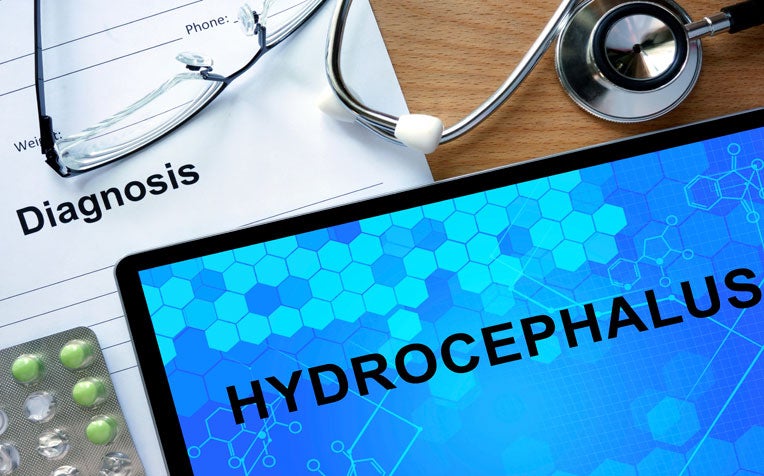
Hydrocephalus occurs when the cerebrospinal fluid builds up within the brain ventricles.
How does hydrocephalus occur?
Hydrocephalus occurs when CSF builds up within the brain ventricles instead of being absorbed into the bloodstream. Though typical causes and presentation vary depending on the patient’s age, common symptoms may include headaches and drowsiness, as well as nausea and vomiting.
“As CSF builds up, it increases intracranial pressure. Untreated, it can lead to a chronic or acute deterioration in neurological function,” says Adj Asst Prof David Low, Head and Consultant of the Neurosurgical Service at KK Women's and Children's Hospital (KKH) and Consultant at the Department at Neurosurgery of the National Neuroscience Institute (NNI), a member of the SingHealth group.
What causes hydrocephalus?
In infants, an infection (meningitis), a brain tumour, a birth injury or a congenital malformation are common causes of hydrocephalus.
In adults, causes include brain tumour, meningitis, head injury and conditions that result in bleeding into the CSF (such as a subarachnoid or intraventricular haemorrhage).
Symptoms of hydrocephalus
Hydrocephalus may present with different symptoms and signs depending on the age group.
In infants:
- Vomiting and poor feeding
- Extreme irritability
- Decreased level of alertness and drowsiness
- A progressively expanding head size
- Bulging or soft spot on top of head
- Persistently downward gaze
- Prominent veins on scalp
- Seizures
In toddlers:
- Severe headaches
- Nausea and vomiting
- Excessive tiredness
- Developmental delays in walking and talking
- Poor balance and coordination
- Seizures
In adults:
- Headaches and drowsiness
- Memory loss and mental decline
- Loss of balance and coordination
- Urinary incontinence
- Nausea and vomiting
Diagnosing hydrocephalus
Doctors diagnose hydrocephalus based on a thorough neurological examination, as well as computerised tomography (CT) or magnetic resonance imaging (MRI) scans of the brain. In infants, an ultrasound can also be used.
Treatment of hydrocephalus
Surgery restores normal CSF levels in the brain by either removing the cause of the blockage (for example, brain tumour surgery) or creating another pathway to “drain” the excess CSF via:
-
A shunt
The neurosurgeon will implant one end of a flexible tube (called a shunt) in the ventricle and the other end in the abdomen (or alternatively, the chest wall or heart chamber). The aim of the shunt is to divert the excess CSF to another part of the body so it can be reabsorbed back into the bloodstream. 
-
A ventricular opening (endoscopic third ventriculostomy)
In a select group of patients with obstructive hydrocephalus, a ventriculostomy is an alternative treatment option. The neurosurgeon will create a tiny hole (“ostomy”) at the floor of the third ventricle to enable the CSF to flow out and exit the ventricular system.
The minimally invasive procedure is done with the help of an endoscope (tube with a small camera) inserted into the third ventricle, through a tiny opening in the skull.
Potential complications of hydrocephalus surgery
Patients may experience complications such as shunt malfunction, shunt infections and over- or under-draining of the CSF. Look out for persistent fever, redness and swelling along the incision, and recurrence of hydrocephalus symptoms.
Ventriculostomy is usually a one-time procedure, but some patients may require more than one surgery to maintain the ventricular opening.
“Early diagnosis and treatment will enable hydrocephalus patients to live normal lives with few limitations”, says Dr Low.
Ref: R14













 Get it on Google Play
Get it on Google Play